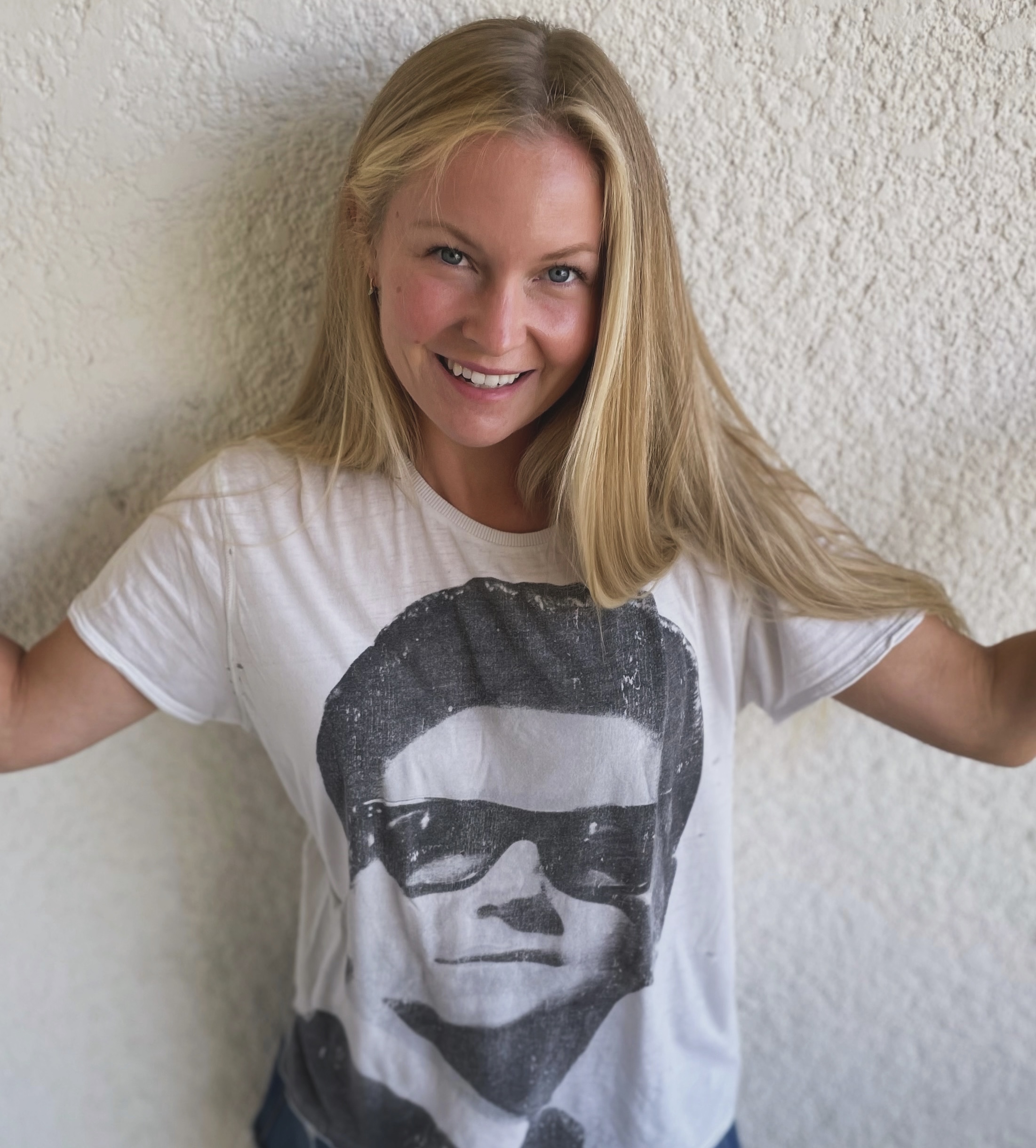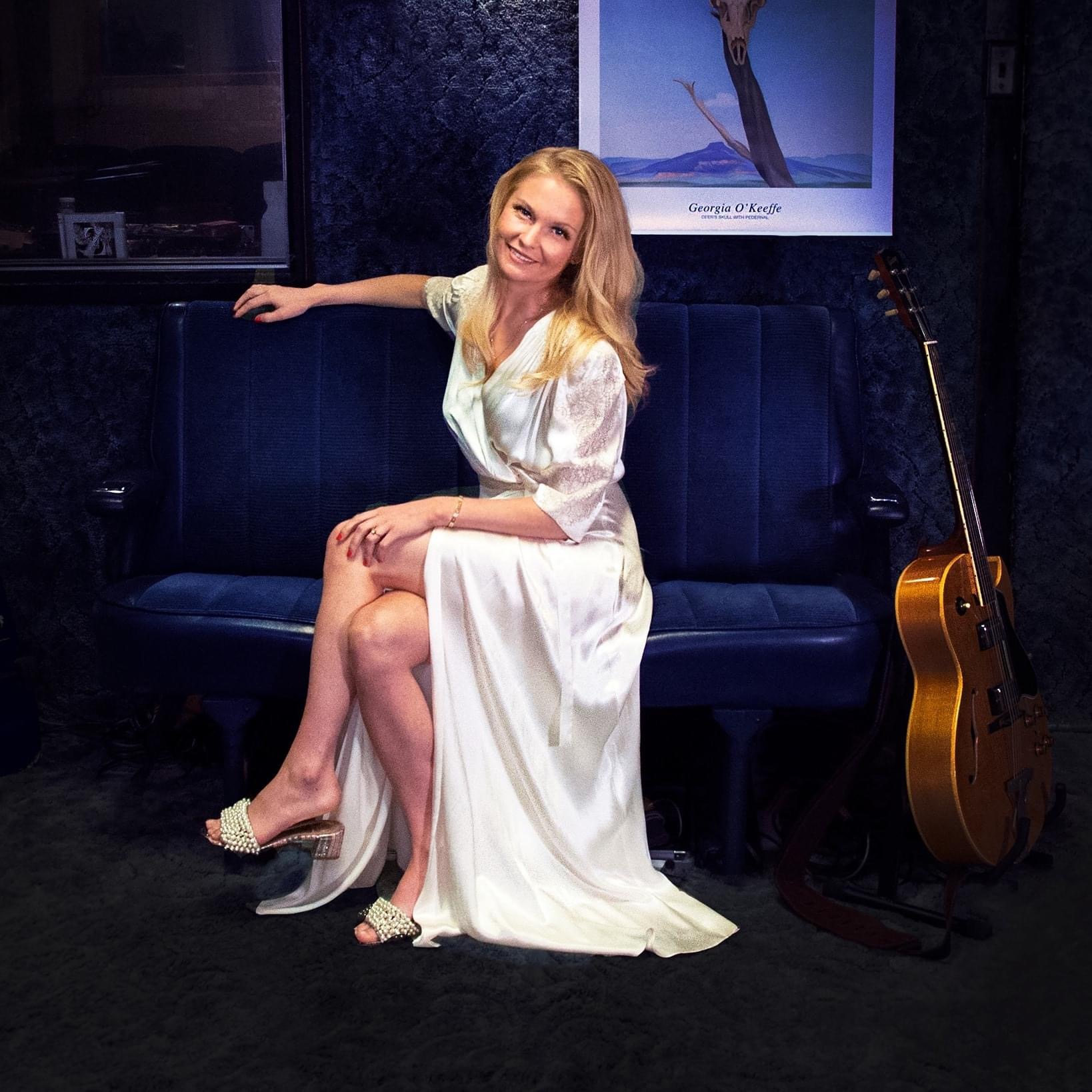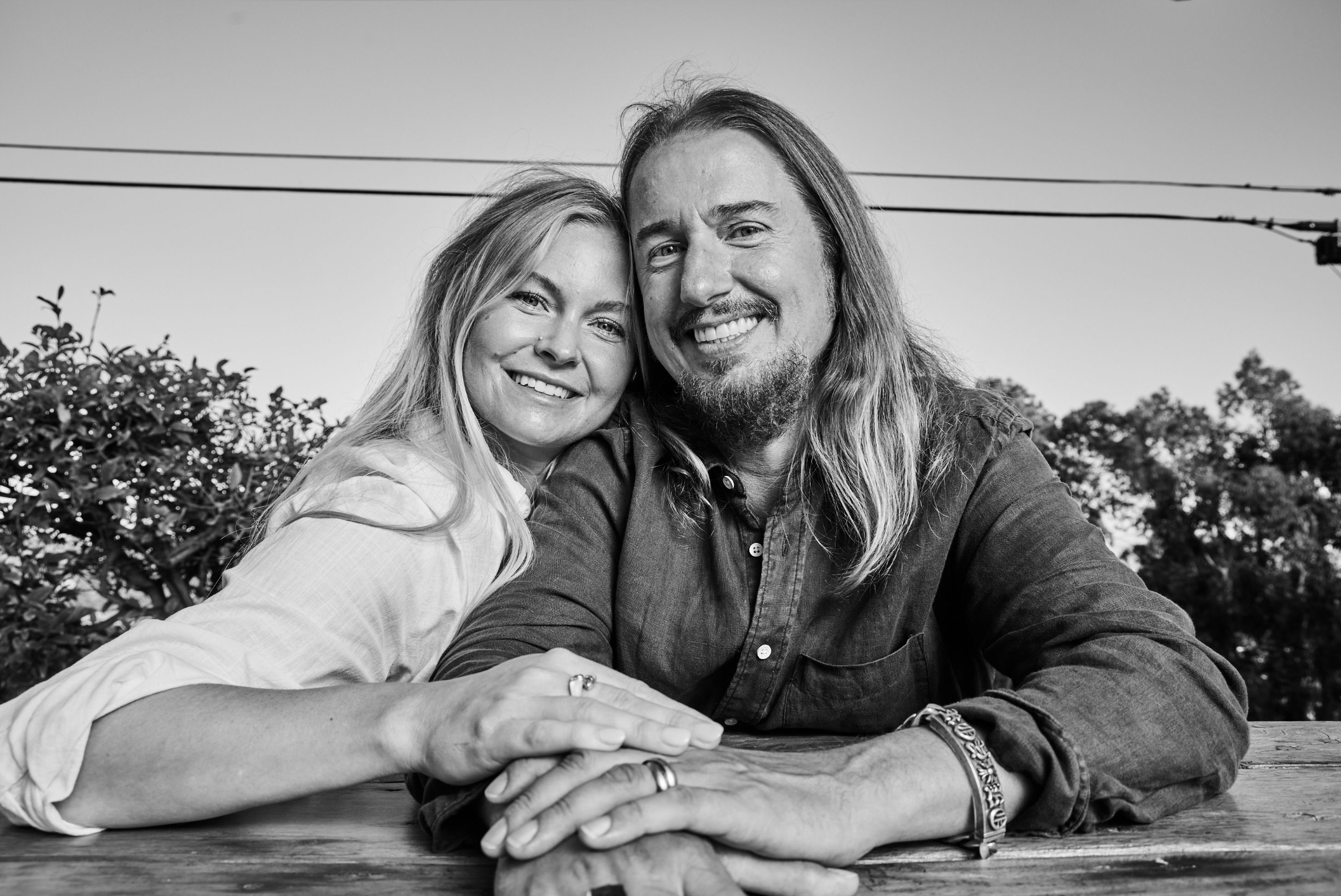Åsa Orbison, known for her role on Below Deck: Mediterranean and as the daughter-in-law of the iconic Roy Orbison, is set to captivate audiences with her new musical venture. On June 15, 2024, the Swedish artist released her version of “Blue Bayou,” a 1963 classic written by her father-in-law, Roy Orbison, and popularized by Linda Ronstadt in 1977. The new rendition features a jazzy touch and Scandinavian influence, produced by her husband Roy Orbison Jr.
In addition to the single “Blue Bayou,” Åsa has also released “Love Is Strange,” a duet with Roy Orbison Jr. and Wayne Moss, known for his legendary riffs on hits by Dolly Parton and Roy Orbison. With a full album scheduled for release in September, Åsa is excited to share her musical vision with the world, highlighting her smooth jazz/pop style.
Originally from Stockholm, Sweden, Åsa rekindled her passion for music after moving to the U.S. and marrying Roy Orbison Jr. The album “Blue Bayou,” which includes tracks like “Green Eyes,” “Unchained Melody,” and “Satin Doll,” is a passion project recorded in renowned studios. Now residing in Malibu with her four children, Åsa is also active in supporting causes such as Music Cares, Operation Smile, and Baby2Baby.
How has your experience on *Below Deck: Mediterranean* influenced your approach to music and the creation of your new single “Blue Bayou”?
Below Deck is for fun but music is real life! BRAVO has been so good to us and Below Deck is great for your Instagram and it’s amazing how many people recognize us from the show. But our music is influenced more by Louis Armstrong than reality TV. So much great music from the past. Julie London, Miles Davis, Roy Orbison, Linda Ronstadt – these are our influences musically.
What did it mean for you to work with your husband, Roy Orbison Jr., on the production of your version of “Blue Bayou”? How did he influence the sound of the song?
In 2019 we were working on my father in law Roy Orbison’s album “Unchained Melodies” with the Royal Philharmonic Orchestra, on which I sang background vocals on. One of the great honors of my life. My husband Roy and I were rehearsing a lot and had so much fun playing together. Roy was playing around with jazzy chords and we came up with the rearrangement for Blue Bayou on the spot. Roy’s really good at that kind of thing, I guess it runs in the family. I changed some notes and together with my “Swenglish” approach on the lyrics and vocals it became something we are really proud of and people seem to like.

You describe the new version of “Blue Bayou” as having a jazzy touch with Scandinavian influence. Can you tell us more about how these influences shaped the song?
Swedish art and music is very based in nature, the weather, the seasons. Blue Bayou is that type of song. My husband Roy rearranged the song and did a lot of jazz chords substitutions and rhythmic alternatives. Those differences with my Swedish accent and phraseology gave me a lot of room to make this classic my own.
How did moving from Stockholm to the United States affect your musical career and artistic choices?
Moving to United States – falling in love with Roy, changed my whole life. Not only my musical career and artistic choices. I ended up with 4 beautiful kids – my life’s purpose – and live a very different life than 10 years ago.

What motivated you to return to music after your experience in marketing, and how did this affect your work on the album “Blue Bayou”?
It all happened very organically, we play music for fun in our family. I picked up the guitar again when little Roy 3 was little and I started playing for him. Instead of video games we have a piano in the living room and the whole family takes turns. There are at least one guitar per person in our house and it’s just what we do.
What did you learn working at “Pretty Woman Studio,” “Cinderella Studio,” and “The Cowboy Arms Hotel And Recording Spa” during the recording of the album?
Roy grew up with all these music legends who are also like family, so I was fortunate to get to step into music history. The Cowboy Arms Hotel and Recording Spa is Jack Clements studio. Jack produced and engineered Roy Orbison at Sun Records in 1956. His studio is on sacred ground for musicians. Jack worked with Elvis, Johnny Cash and everybody at Sam Phillip’s Sun Records in Memphis, Tennessee in 1950s. Our music studio “Pretty Woman Studio” is where we have done a lot of projects like Roy Orbison’s Black & White Night 30th anniversary album. It’s where we write songs, record and work.
We had “Mr Harmonica”, Charlie Mccoy to play harmonica and vibraphone. Charlie was my father-in-law Roy Orbison’s harmonica player. He played on the original “Blue Bayou” as well as the harmonica riff from “Candy Man”. Also musicians like saxophone player Jim Horn who played with The Traveling Wilburys. He’s played on so many classics like Frank Sinatra’s “Strangers In The night”, “Pet Sounds” by the Beach Boys, “River Deep, Mountain high” by Tina Turner. I learned so much. You cannot help but learn in the presence of their ability. What I cherish the most is the memories – Like going to Wayne Moss’ favorite Mexican restaurant after the sessions with him and Charlie Mccoy and hearing stories about Roy Orbison and music history.

Can you tell us more about the duet “Love Is Strange” with Roy Orbison Jr. and Wayne Moss? What was the collaboration and recording process like for this track?
“Love Is Strange” is the Mickey and Sylvia classic that everybody knows and loves. Roy loved the guitar on the original, so we redid it with a fun vibe in our way. It’s one of my favorite songs on the album and it’s doing very well.
“Cinderella Studio”, where we recorded “Love Is Strange” and filmed the music video “Blue Bayou” is owned by Wayne Moss. Wayne is one of the most recorded guitarists of all time. He played on all the Roy Orbison hits including “Oh, Pretty Woman” and “Only The Lonely”. He also played on literally thousands of hits. For instance, that’s him playing the guitar riff on Dolly Parton’s “Jolene”. I was lucky enough to have Wayne Moss and Roy Orbison Jr play on “Love Is Strange”.
Besides music, you are passionate about various social causes. How do these causes influence your personal and professional life?
We believe in “musical charity”. The spiritual aspect that good music and art makes the world a better place. It is a gift that you receive and give back to the world for whatever comfort that can bring. Music is important in good times and bad. Music is also a positive way to support causes by playing free shows. From cleaning the ocean to playing music for kids with cancer, music is a powerful fundraiser.
Follow Åsa Orbison on Instagram





